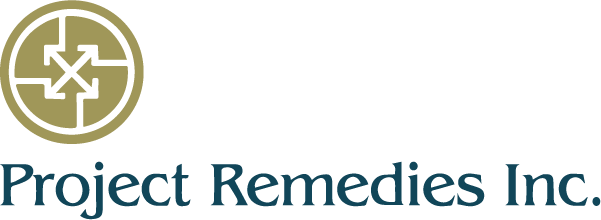ACIRM+: Achieving Better Compliance and Auditability Outcomes.
Connecting “policy” to “process” to “proof.”
Today, “compliance” means for each regulation or insurance company requirement, you have a documented policy and a documented process. Our Critical Technology Risk and Compliance System, APM+, uses that process to automatically generate a project plan and cost plan. Then, APM+ is used to track that your people are actually working the tasks in the plan. Your Team Leads use APM+ to manage their weekly team meetings, focusing everyone on the work that was supposed to be finished last week to keep the projects on schedule and the work that is scheduled to finish this week to keep the project on schedule. Critically, these dates, when each task started and when each task finished, are captured automatically and cannot be changed. That’s the proof you need to show the regulator and the insurance company, the proof that your people actually did want they were supposed to do.
Our APM+ is a mature, comprehensive approach to actually managing work. It includes and integrates multiple functionalities: process management, project management, resource and workforce management, governance and cost management functionality. It is very easy to use, automating (almost) everything. One senior technical director said that he could “integrate 3 -4 different products together to do the same things but that solution wouldn’t be as elegant as what you have, would require us to do the integrations and each time one of the vendors came out with a new release, do the integration again.” Someone said that “APM+ is for companies that need 10 project managers but only have 3.”
Participation is required. Two key roles are the Project Manager role and the Worker role. Importantly, we do not require a trained project manager to fill the project manager role. Usually, team leaders fill this role. The workers are the people who work the tasks in the plan. When APM+ is implemented, the workers status the tasks. The key is that APM+ makes it easy. Then the previous task is completed, the worker is automatically notified that he/she can start work on their task. When they start to work on their task, they change the status from Assigned to In Process and click on Save. When they do that is saved as the start date / time for the task. When they finish working on the task, they change the status from In Process to Complete and click on Save. The system captures the date/time when they do that, and that date/time is saved as the Complete Date. And importantly, the user cannot change these dates. But the user says: “Actually I started the task 2 days ago but I forgot to change the status. Can I change the date to two days ago?” “No” is the answer, because if they could change the date/time, then it wouldn’t be auditable. The user could change anything so how could you prove it to the regulator that your people did what they were supposed to do when they were supposed to do it? This is what we mean by “better compliance and auditability outcomes.”
The third key role is the Leader. The leader can look at any time to see the status of any project. Leaders love this ability. . . . . and almost no one else does. Leaders: you are going to get push back. A project manager will ask (because it has already happened multiple times): “Did you just say that my boss can look over my shoulder at any time to see the status of any of my projects and I won’t know they are looking? Is that what you just said?” When I say “Yes,” the meeting is over. What are we selling? Accountability. Discipline.

